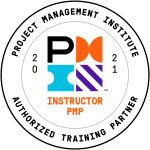If you’re interested in firefighting training, there are several courses and programs available that can provide you with the necessary knowledge and skills to become a firefighter or improve your firefighting abilities. The specific training requirements may vary depending on your location and the organization you wish to join, such as a fire department or emergency response agency. However, we can provide you with some general information about the firefighting training that we offer in Qatar.
Basic Firefighter Training:
Basic firefighter training courses are typically designed for individuals who want to pursue a career as a firefighter. These courses cover fundamental skills and knowledge required in firefighting, such as fire suppression techniques, ventilation, search and rescue, ladder operations, and equipment usage. Basic training may also include physical fitness components to ensure firefighters are physically capable of performing their duties.
Advanced Firefighting Techniques:
Once you have completed basic training, you can explore advanced firefighting courses to enhance your skills further. These courses may focus on specialized areas like wildland firefighting, high-rise fire operations, hazardous materials response, or technical rescue. Advanced training provides firefighters with specialized knowledge and abilities to handle complex and challenging situations. To enroll in fire-fighting training courses, you can contact BMTC Consulting, we specialize in emergency response education. We can provide you with information about available courses, prerequisites, and any specific requirements for admission




 Here can be your custom HTML or Shortcode
Here can be your custom HTML or Shortcode